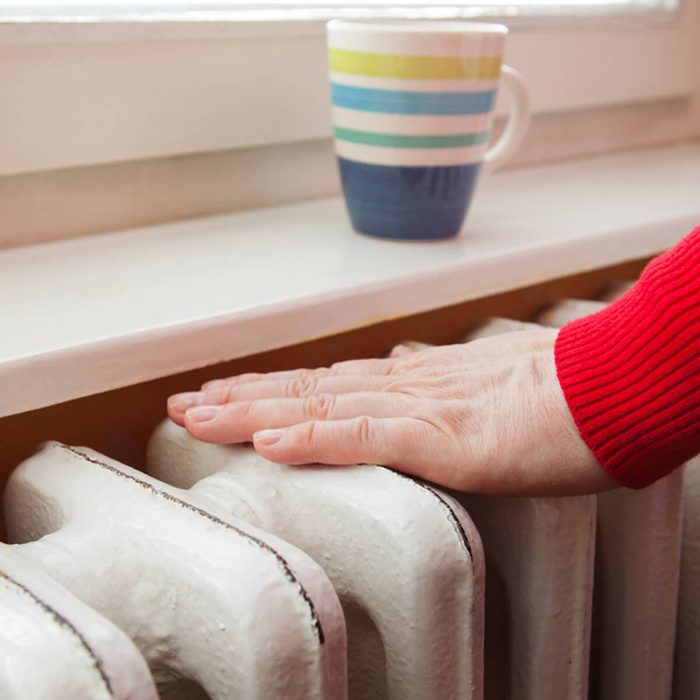7 Simple Ways to Keep Your House Warm All Winter Long

With drafty doors, windows and poorly insulated rooms, the cold can be inevitable. So what’s a homeowner to do?
It’s officially cold outside, and with the latest winter storm descending on the country, it’s going to get a lot colder in the days ahead. When the mercury drops and the snow starts flying, the last thing anyone wants is a cold house. But sometimes, you don’t really have that option. With drafty doors, windows and poorly-insulated rooms, the cold can be inevitable. So what’s a homeowner to do?
If this is a reality at your house, there are a few simple projects that will help to keep your house warm this winter. And even if you don’t have time to get them all done before the latest winter storm hits, the sooner you can finish off this checklist, you’ll be ready for the inevitable next Arctic blast.
On This Page
Close Your Curtains
Looking out at a beautiful snowy landscape is blissful during the day, but at there’s no need for it at night. Especially when it’s making your house cold! Windows can be a sneaky culprit in bringing in the outside cold, so close your curtains to save yourself some heat. If they’re thermal drapes, that’s even better. Take some time to seal your windows and doors to help keep the drafts out for good.
Keep Items Away From the Radiator
Not just because it can be a fire hazard, but because those items are blocking the heat from circulating around the house. Your couch may look great near the radiator, but for the winter months you may want to find that sofa a new home. Free anything blocking the radiator so the heat can run through your house evenly.
Here’s our list of things you must insulate before winter to keep your house warm.
Keep Out Drafts, Seal Doors and Windows
Keep the cold air out and the warm air in! All it takes is a little weather stripping along your exterior doors. Using high-quality silicone rubber weather stripping will not only seal gaps, but increases energy efficiency in your home. And it can all be done in a weekend!
If you’ve already got it installed, check to see if it’s time to replace your weather stripping or repair it.
Install Radiator Panels
Instead of having the heat from your radiators bounce off your walls and go in random directions, specify an area that you would like the heat to be the most prominent. Installing radiator panels on your ceiling can easily do this.
Want the area around your television to be warmer? Your desk? Radiator panels heat up to 150 degrees F within five minutes of being switched on, making that specific area warm in no time.
Insulate Hot Water Pipes
Insulation sleeves around your water pipes can cut your wait time for reheating the water an exponential amount, and will even prevent the pipes from freezing. Plus, if you fit a cylinder jacket around your water tank, you can also reduce heat loss and save on your gas bill.
Try Soapstone Heaters
These will probably be your handiest tool during the cold winter months. Place the soapstone heater next to a heat source to warm up. It quickly absorbs the heat, and in return will radiate heat for hours afterward. They don’t easily overheat, which makes them great for bed warmers and satellite heating needs.
Designate a Heating Room
This can especially be helpful during emergencies that can happen during the winter months. Designate a well-insulated room as your warming place. Cover vents, windows and doors with blankets to keep drafts out, and bring in other heating sources like your soapstone heater. If you plan on spending the night in this specific room, set up mattresses for sleeping if necessary. If your body overheats at night and interrupts your sleeping pattern, your health can suffer. Check out these cooling blankets that are designed to prevent hot sleeping.


